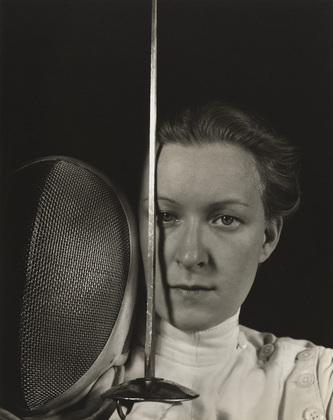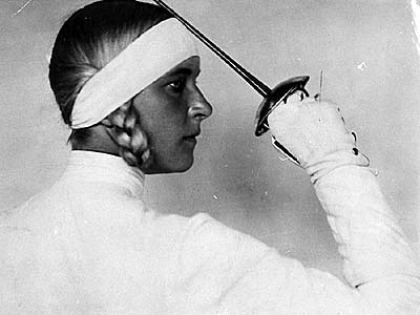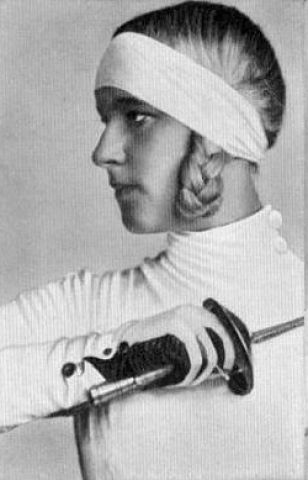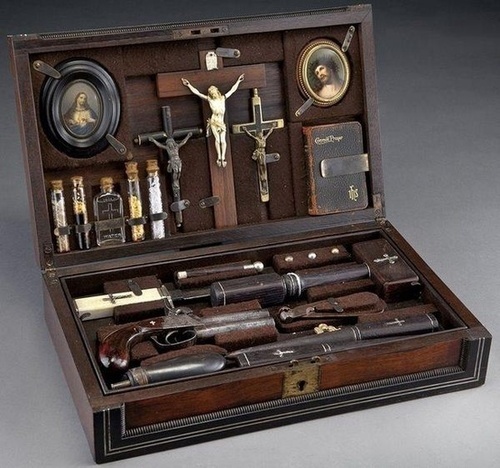G.D. Falksen's Blog, page 1238
October 28, 2012
October 27, 2012
toanunnery:
Helene Mayer - German Olympic fencer
anachronistic-and-impulsive:
inspiringdresses:
Cycling...

[image error] [image error]
Cycling became an enormously popular pastime for men and women after about 1895, able to combine an energetic sporting activity with a practical means of transport. Women could accompany men and a general feeling of freedom added to the craze. Special cycling trousers or “bloomers” were worn by some female cyclists as a much more practical garment than a full-length skirt which might catch in the bicycle gears or chain. This particular outfit comprises a jacket, waistcoat and bloomers, with a brown felt hat printed with a “time to light-up table” inside, for night-time cycling.
Although such outfits for women were practical, they were also socially risque, encouraging women to wear a form of trousers, and contemporary magazines, particularly Punch, loved to ridicule cycling women for their brash and masculine appearance. Largely because of this social disapproval, many women cyclists in England preferred to struggle with their thick ankle-length skirts well into the 20th century.
October 26, 2012
Closing The Gender Wage Gap Would Create 'Huge' Economic Stimulus, Economists Say
lost in the election season banter over women’s issues is the fact that pay equity, if taken seriously, could stimulate the economy to at least twice the degree that President Barack Obama’s 2009 stimulus bill did.
newyorker:
Cartoon of the night by Emily Flake. For...
sisterwolf:
MM
Antarctica, 1961: A Soviet Surgeon Has to Remove His Own...
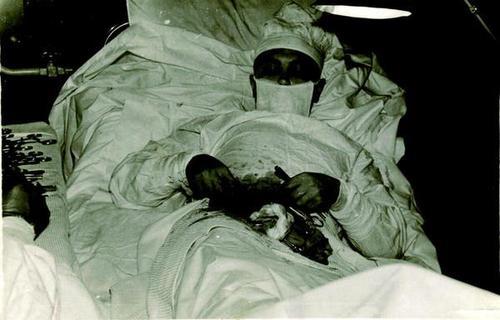
Antarctica, 1961: A Soviet Surgeon Has to Remove His Own Appendix
In 1961, Rogozov was stationed at a newly constructed Russian base in Antarctica. The 12 men inside were cut off from the outside world by the polar winter by March of that year. In April, the 27-year-old Rogozov began to feel ill, very ill. His symptoms were classic: he had acute appendicitis. “He knew that if he was to survive he
had to undergo an operation,” the British Medical Journal recounted. “But he was in the frontier conditions of a newly founded Antarctic colony on the brink of the polar night. Transportation was impossible. Flying was out of the question, because of the snowstorms. And there was one further problem: he was the only physician on the base.”




